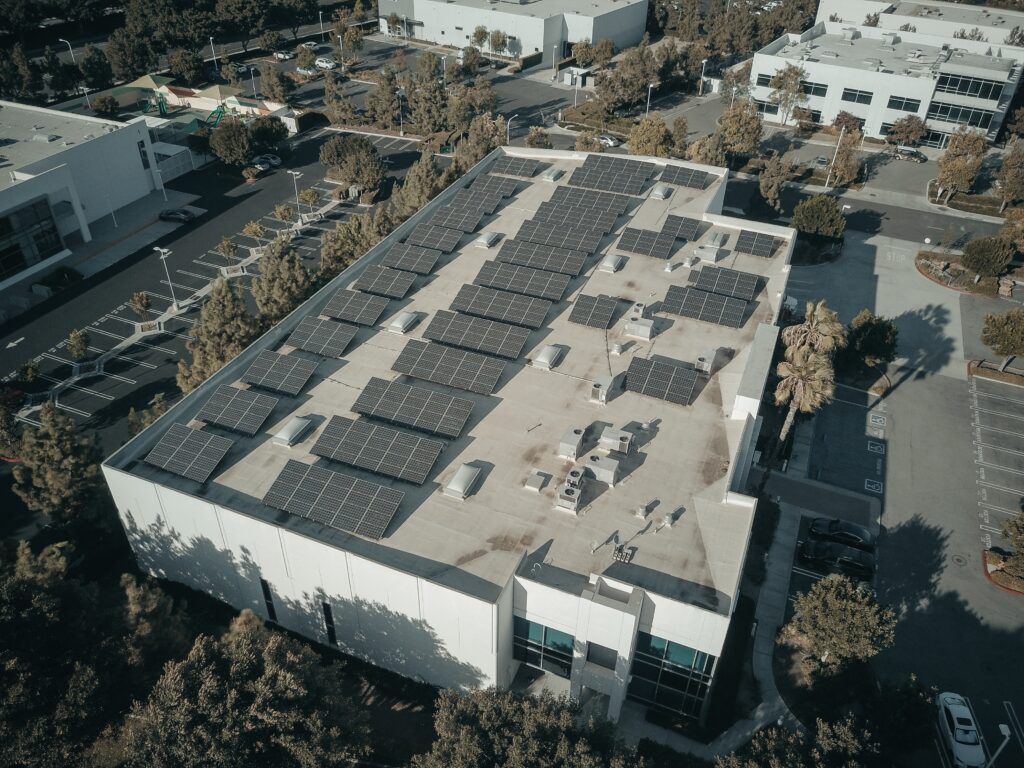
Solar panels are an ideal solution for schools and educational institutions, offering numerous advantages such as reduced energy costs and enhanced sustainability.
Installing solar panels in schools or universities can attract students and parents who are environmentally aware, leading to higher enrolments at these institutions.
Cost-Effectiveness
Solar power is a renewable source that schools can use to reduce electricity expenses and take control of their utility bills. Furthermore, it will offer long-term savings as the panels continue to generate energy for decades.
In many states, solar installations don’t necessitate upfront capital. Schools can utilize bonds, loans, equipment leasing or third-party financing to pay for integrated solar power systems.
Another viable option is a power purchase agreement (PPA). Under this arrangement, a third party constructs, owns and sells the school’s solar energy system over an agreed-upon period of time – typically 15-25 years.
Schools and educational institutions typically have large grounds and flat rooftops which make them ideal for solar panel installation. Schools and educational institutions can sell the extra electricity generated to the grid during holidays or other peak usage times, helping reduce their own demand for energy while contributing towards a greener environment. This reduces their carbon footprint as well as contributing to a greener environment.
Environmentally-Friendly
Solar energy can be an excellent option for schools and educational institutions to reduce their energy bills and make a positive environmental impact. It also sends an important message to students and staff that the school cares about protecting the environment.
Schools are increasingly turning towards sustainable energy solutions as a way of showing their dedication to the community and reducing their carbon footprint. Installing solar panels on campus or implementing green curriculum are two ways schools can do this.
Solar energy they produce can be sold back to the grid, decreasing their dependence on fossil fuel-burning electricity grid and bringing more renewable energy to local communities. Not only does this benefit those in proximity but it also improves air quality and slows global warming.
Solar projects also give students invaluable science, technology, engineering and math (STEM) learning experiences. These are essential in developing their critical thinking abilities and preparing them for future careers in STEM fields.
Long-Lasting
Solar panels are built to last, and the best solar providers provide robust warranties. For instance, SunPower guarantees its panels won’t degrade by more than 8% after 25 years of operation.
Solar power systems installed at schools often result in substantial reductions of their electricity expenses, freeing them up to devote more resources towards teaching and extracurricular activities. Furthermore, going solar serves to promote environmental stewardship and educate students about climate change awareness.
New York City school districts have achieved success with the NYC Solar Schools program, spearheaded by the city’s Office of Sustainability. These installations have enabled the city to reach its goal of installing 100 megawatts of solar on city-owned buildings by 2025.
Flexibility
Solar panels are an excellent way for schools and educational institutions to reduce their carbon footprints. Furthermore, they can teach students about environmental sustainability and renewable energy sources.
New York City schools are taking advantage of their solar installations through the NYC Solar Schools program, in partnership with Solar One. Through this initiative, schools become solar ambassadors by incorporating climate education into their curricula and instilling environmental stewardship as a value.
Schools can also take advantage of tax rebates and credits that make going solar even more cost-effective. These incentives come through power purchase agreements, which allow schools to lease or purchase their solar system from a third party that finances, builds, and owns it.
Flexible solar panels are more portable and easier to install than traditional ones, yet they offer lower generation efficiency and a shorter expected lifespan. That doesn’t make them unsuitable for your school or educational institution, but it does mean you should carefully consider them before making your choice.